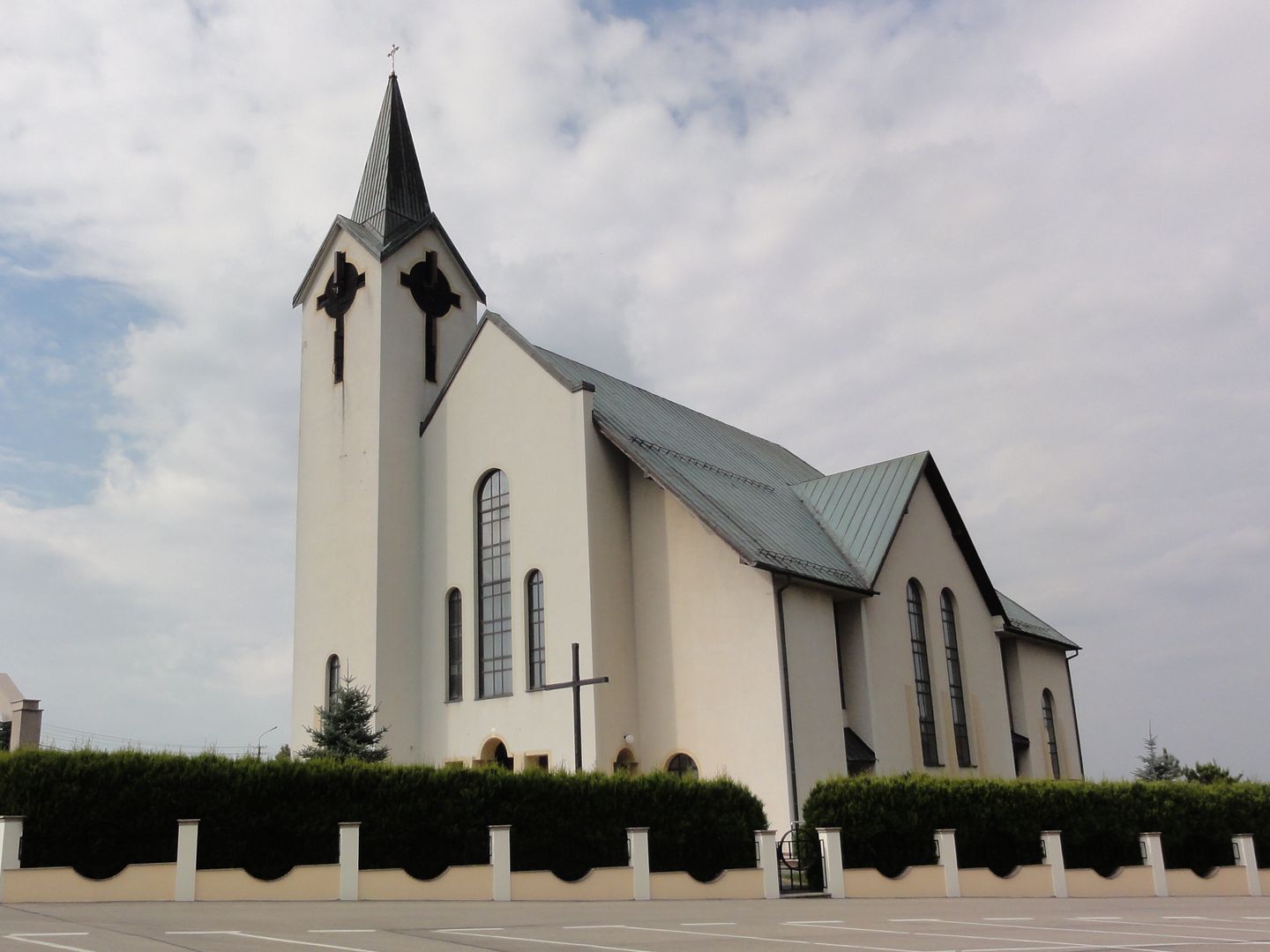Goats
6.5

Overview
Kozy is a village located in the Silesian Voivodeship, serving as the seat of the commune of the same name. The history of the settlement dates back to the 13th century when it was part of the Duchy of Oświęcim. After its first mention in 1326, the village bore a dual name, indicating mixed Polish-German settlement. In 1457, the locality was referred to as Dwe Kozy. In the 16th century, the village became a local center of Calvinism, and after the Catholic church was reclaimed in 1658, some residents remained faithful to Calvinism. Following the partitions of Poland, the village found itself under Austrian rule. In 1900, Kozy was home to 3,853 people, with a dominant group of Catholics and Poles speaking the Polish language. Modern-day Kozy has a kindergarten, three primary schools, and a general secondary school. In 1998, the Sports and Entertainment Center was built, and in 2001, an indoor swimming pool was opened. The village boasts rich cultural activities, including the Youth Wind Orchestra, which has been operating since 1992. Kozy is situated in a picturesque setting, along the road from Bielsko-Biała to Kraków, with access to several tourist trails, including the Papal Trail. The village features numerous historical monuments, such as an archaeological site, the Chapel of St. John of Nepomuk, the 18th-century Neoclassical Czeczów Palace, and a Neo-Romanesque-Neo-Gothic church from the early 20th century. In the manorial park, one can find one of the oldest plane trees in Poland, which won the title of "European Tree of the Year" in 2012. Interestingly, in 2020, Kozy was the most populous village in Poland, with a population of 12,881 residents. The village cooperates with the Slovak commune of Mošovce, highlighting its openness and international collaboration.
Location
2025 Wizytor | All Rights Reserved